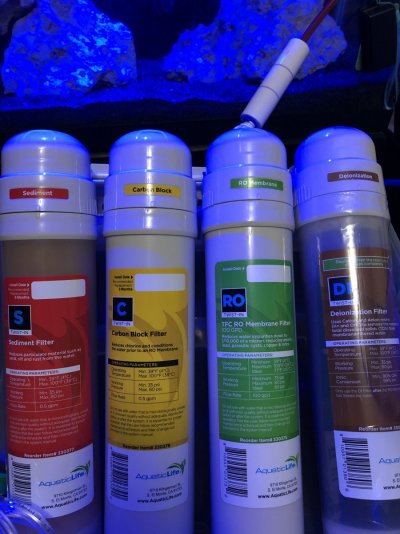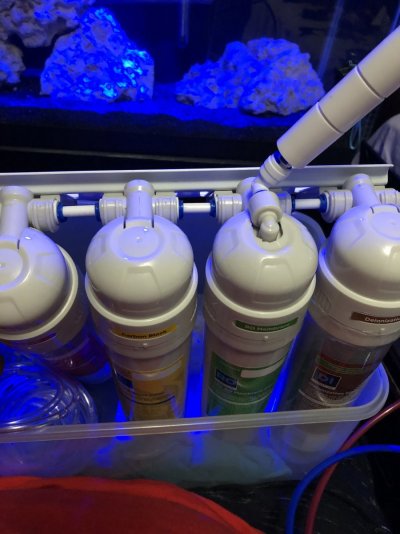| 3-6 Months | 650 Gallons of Filtered Water |
| 3-6 Months | 650 Gallons of Filtered Water |
So I bought an RODI that was way too big for my tank. I only make about 10 gallons a week, and this is a 100/day max. My question is, do I replace after about 6 months no matter how much water i've filtered, or is it okay to keep the filters until I hit 650 gallons?



















